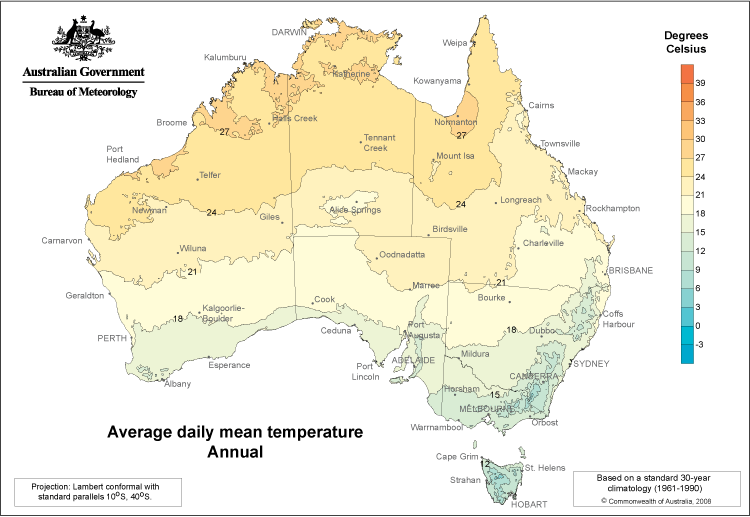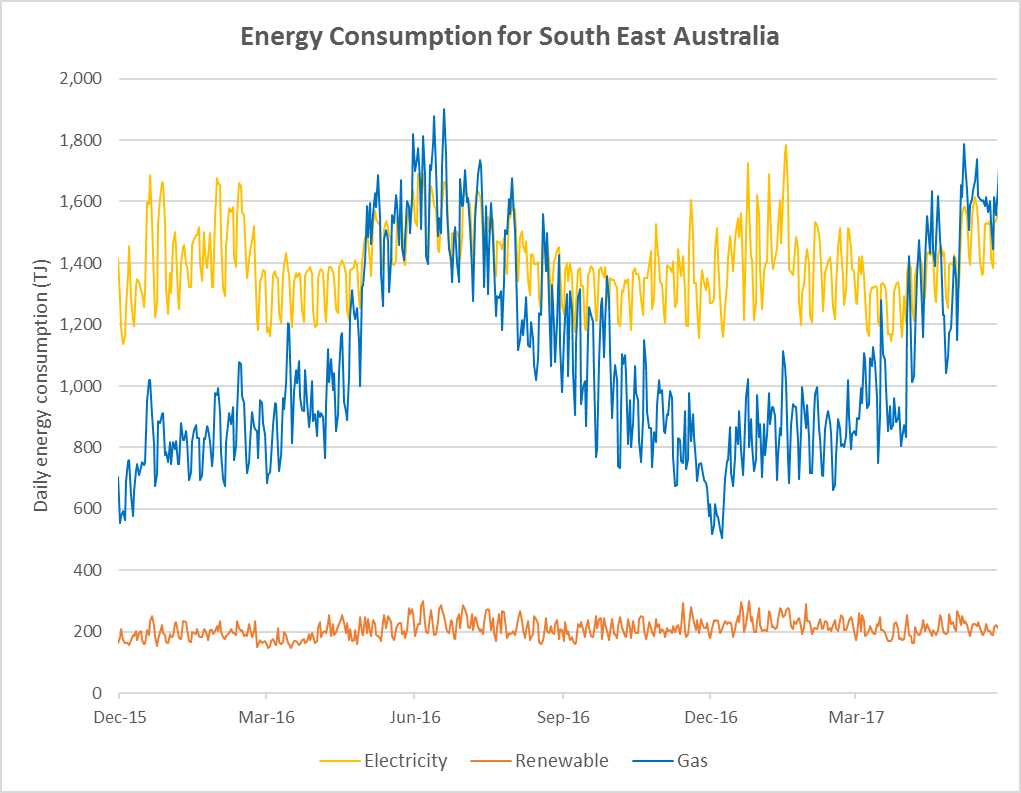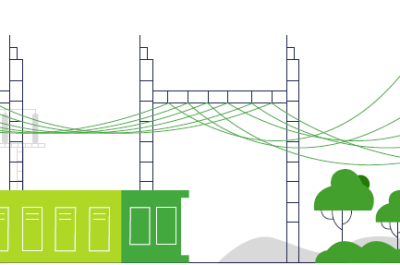Staying warm this winter – and keeping bills down
If there’s one thing to learn from the rapid growth of air conditioning in Australia over the last twenty years, it’s that personal choices can have a big impact on our electricity system. If the electricity sector is required to invest to manage uncoordinated changes in energy use, this can be costly for everyone. Yet some advocates are suggesting replacing all gas appliances with electric to meet zero-carbon aspirations. We consider the merits of this approach.
Air con’s icy blast – lessons from the past
The growth of indoor climate control since the late 1990s has been the major cause of increased peak demand of electricity, with more than 70 per cent of households using an air conditioner on hot summer days. This has required additional investment in networks for maintenance of stability and security of electricity supply. On a peak day in NSW on 3 Feb 2011, Ausgrid[1] estimated that 20 to 25 per cent of the peak demand was due to residential air conditioning, occurring between 5pm and 8pm. Residential air conditioners illustrate how household energy choices have systematic impacts.

Source: Ausgrid (2015)
Heating houses in 2018
As winter approaches and temperatures drop, many Australians, particularly those facing financial hardship, are concerned about what cold weather means for their energy bills. Gas consumption by households during winter months is about three times more than during summer months.
Governments have recognised the impact of increased energy prices and greater affordability and better value for money are clear priorities[2]. There are many voucher programs available, administered through community assistance groups such as the St Vincent de Paul Society.
Against this backdrop of high energy costs and mounting pressure to reduce prices, a solution that promises both lower bills and cuts to greenhouse gas emissions seems almost too good to be true.
Draft modelling[3] for the National Construction Code update in 2022 suggests that heat pumps for both space heating and hot water offer just this panacea. But before ditching your gas appliances in favour of water pumps, it may be prudent to dig a little deeper, take a whole-of-system view and heed the air conditioning peak lessons.
How do heat pumps work
Heat pump technology is commonly known as reverse cycle air conditioning. It takes less energy to relocate heat than it does to create it. In simple terms, heat pumps utilise the same technology as your fridge, but instead of taking heat out of a space (the refrigerator) and expelling it to the outside air (through the back of the refrigerator), a heat pump reverses that process and takes heat from the ambient air and then puts that in the space (your home).

Source: Department of Industry (2013), Heat Pump Water Heater Guide for Households[4]

Refrigeration cycle (Source: https://www.hvaceducationaustralia.com/heatPumps/heat_pumps1.htm)
Theoretical cost savings
Heat pumps are complex machines. They are more expensive compared with other space and water heating appliances, such as instantaneous hot water. While there is a large range and variety of appliances, generally the capital cost for a hot water heat pump is at least twice as much as an electric or gas hot water system. This cost could be justified if it meant money saved in operation – but does it?
Advocates of heat pumps would suggest that connecting them to solar PV allows households to use surplus solar generation to heat their water, reducing the operating cost by avoiding gas or electricity charges. However, it’s not that simple. Space heating and hot water are generally used during colder times (e.g. at night) when the solar rooftop PV panels do not generate electricity. The result is that additional investment is required in the electricity infrastructure to integrate the additional intermittent generation.
While testing of heat pumps in the lab has produced evidence to suggest that theoretical savings can be made, the application of heat pumps in the real world presents some challenges.
Climate suitability
Overall, installing heat pump hot water units in areas with low average temperatures is not recommended. Energy Matters[5] notes that the average ambient yearly temperature for heat pumps should be equal to or greater than 19 degrees Celsius. This is because the efficiency of heat pumps reduces as ambient temperatures get cooler. It is indeed a dilemma that heat pumps work better at transferring heat into a home when it is hot outside. Data from the Bureau of Meteorology indicates that the ambient average temperature in most of southern Australia is below 18 degrees. This indicates that heat pump technology for hot water works best in Australia’s subtropical, tropical and arid regions.

In colder and more humid climates, the outside coils of the heat pump may ice-up and this requires additional electrical heating before the unit can operate. This additional electricity is generally not included in efficiency estimates. The performance of a heat pump reduces when it is most needed, i.e. in cold weather.
Powered by the grid, not rooftop PV
Claiming low emissions by linking heat pumps with rooftop solar PV is misleading. During winter, energy we can farm from the sun decreases due to lower solar intensity and fewer daylight hours. The incoming temperature of water is colder, in turn requiring a higher amount of energy to sustain water that is sufficiently hot and steady for home use. Some manufacturers do provide electrical boosting elements so that consumers can still have sufficient hot water. However, what isn’t necessarily clear is that most of this hot water in winter is provided through grid electricity.
Similarly, most space heating in homes occurs in the early evening and during mornings; generally when there is no solar rooftop PV energy being generated. Once again, the electricity for space heating is provided by the grid. This additional electricity would generally occur during the evening peak, so claims of free energy are inaccurate.
Greenhouse gas emissions
Gas provides energy to the home at one third to one sixth the current energy intensity of the electricity grid. The maximum demand of heat pumps, especially if they are used for space heating, occurs when rooftop PV is not generating, so effectively, these heat pumps are powered by the grid. Replacing gas appliances with electrical appliances will have systems impacts. The figure below illustrates electricity and gas consumption for South East Australia including SA, NSW, VIC and ACT. It shows the higher peak demand in the electricity sector during summer as a result of increased air conditioning use.
Replacing the gas consumption with electricity to provide space heating and hot water will result in additional electricity generation, transmission and distribution. The additional energy required during winter exceeds that currently provided by the electricity network. This could require significant investment in new electricity infrastructure, even though this energy is already reliably and safely provided by the gas networks. This effect could be magnified by a significant uptake of electric vehicles in the years ahead.
Household choices have broader system impacts, which can be costly for everyone.

Source: Energy Networks Australia analysis (2018)
Policy
Whatever your position on the issue of heat pumps versus gas, it is clear that more choice for customers is a good thing. It is unfortunate that some technology advocates are proposing to limit customer choice by suggesting hot water heat pumps should be a requirement in new residential estates.
Heat pump technology is commercially available and has strong merits in warmer climates. The physics of these systems means that their effectiveness in colder regions in Australia is less convincing and the cost and environmental benefits are questionable at best.
In a recent submission in response to the Trajectory for Low Energy Homes[6], Energy Networks Australia made its case. We support research, development and demonstration of a diverse range of low emission technologies. We support low emission policies that are technology neutral. We also believe that market ready technologies, such as heat pumps or rooftop PV panels, should compete on merit in the market place without additional incentives.
Policy incentives based on incomplete advice that promote appliances ill-suited to particular climates may do more harm than good and should be avoided. Instead, governments must encourage adaptable technologies and innovative solutions that do not limit choice, consider individual circumstances and requirements and advance approaches that take into account balancing costs, environmental benefits and reliability.
- [1] Ausgrid (2015) – Ausgrid Demand Management CoolSaver Interim Report (September 2015)
- [2] Government Assistance
- [3] AECOM (2018), DRAFT: Whole of house verification Stage 2 – Analysis Towards Net Zero Pathways, modelling for the Department of the Environment and Energy (21 March 2018)
- [4] Heat Pump Water Heater Guide
- [5] Solar Heat Pumps
- [6] Energy Networks Australia response to Low Energy Homes modelling


